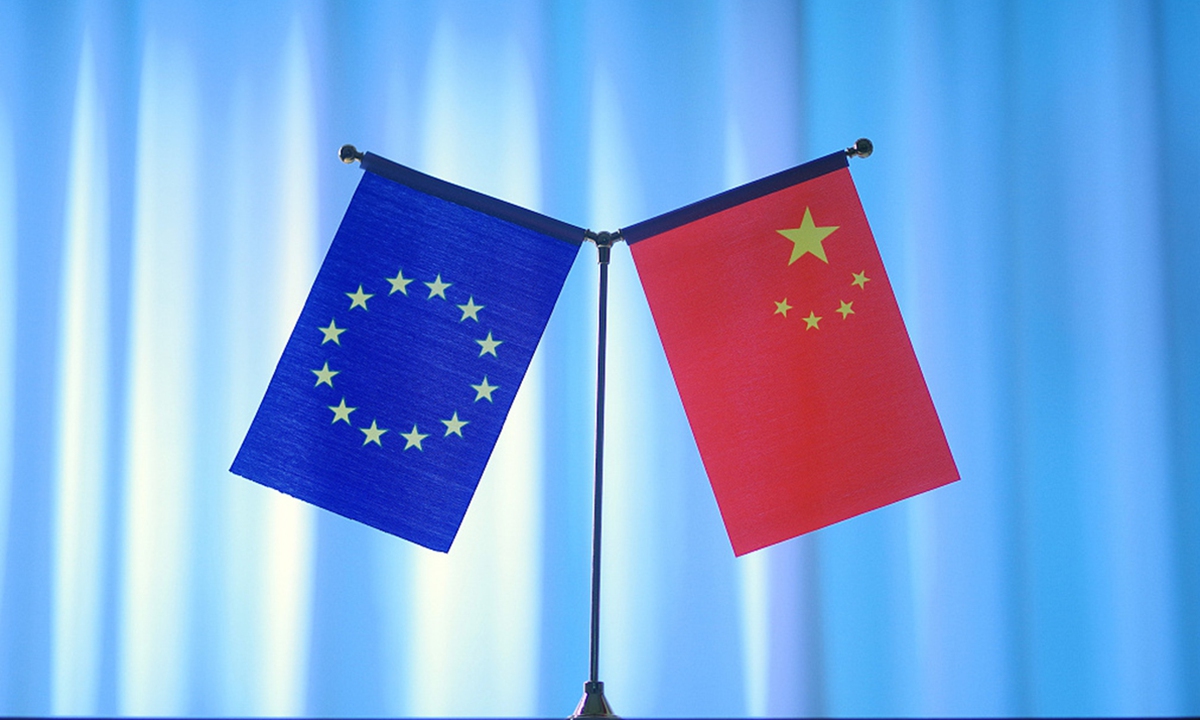Even though the texts of the EU-China Comprehensive Agreement on Investment is not distributed yet and should be read in the context of the 14th Five Year Plan, which is not officially revealed, the contours of both documents are becoming increasingly clear.
After 7 years of negotiations the EU-China Comprehensive Agreement on Investment (CAI) has been finally concluded on 30 December of 2020. The fully text has not been distributed yet, but some interesting articles have been written about it. A factsheet provided by the European Commission makes clear that technology transfer was discussed and ended up in the text: there will be a clear prohibition of investment requirements that compel transfer of technology; no interference in contractual freedom in technology licensing; protection of confidential business information. The question is, of course, whether there will be some kind of enforcement mechanism. The Global Times provided a very terse factsheet on the BIT without any mention of technology transfer, see here.
It would be interesting to see what differences there are in regard to the technology transfer chapter of the US-China Economic and Trade Agreement (Phase 1). Although it seems that the language in the FTA is predominantly hortatory and does not add much in regard to previous commitments. Mark Cohen of China IPR wrote: “China committed to not conditioning foreign investment on technology transfer long before this trade war when it joined the WTO (2001).” He also points to the American Chamber of Commerce in China which characterized forced technology transfer as an operational instead of a legal challenge, and makes clear it is not the top priority in regard to IP challenges in China. Dan Prud’homme, in his presentation to the OECD questions the “forced” character of technology transfer: “With exception of “no choice” policies, MNCs in fact do have a choice (of sorts, although it’s always met with consequences) to comply to them.”

Max J. Zenglein, Chief Economist of Merics makes clear that CAI needs to be interpreted in the context of China’s broader policy which is partly contradicting China’s future opening up, as exemplified by new regulations of the National Development and Reform Commission (NDRC), see here. The same can be said for the 14th Five Year Plan, which promotes tech self-sufficiency. Even though the full text of the 14th Five Year Plan will be released in March 2021, if you read the communique of the Fifth Plenum of the CCP held in October 2020, the CCP’s recommendations to the Plan and President’s Xi’s explanation of the Plan, the contours of the 14th Five Year Plan (2021-2025) become visible: progress while maintaining stability. Keywords are innovation, coordination, greenness, openness, and sharing. The emphasis is put on endogenous and green innovation, high-quality production, strengthening the patent standards. These goals will be further driven by President Xi announcement that China’s peak carbon emissions should be reached by 2030 and that should become carbon neutral by 2060.
China is aiming for leadership in the following R&D fields: artificial intelligence, quantum information, integrated circuits, life and health science, neural science, biological breeding, and aerospace technology. Dorca Wong wrote a good overview of the possible implications of the 14th Five Year Plan in English for China Briefing, see here.
The arrival of CAI will lead geopolitically to challenges for the US and EU to align there interests in regard to China, wrote Mikko Huotari, Director of Merics: “It would require shrewdness and a lot of political capital in Brussels and capitals to credibly pursue this dual-track approach of greater transatlantic coordination and a privileged relationship with China,” see here.
Wendy Cutler and James Green also expect differences in regards to the ambition level in regard to forced technology transfer, subsidies and state-owned enterprises, see here. These are key issues that have been subject to trilateral work between the U.S., EU, and Japan in recent years.
